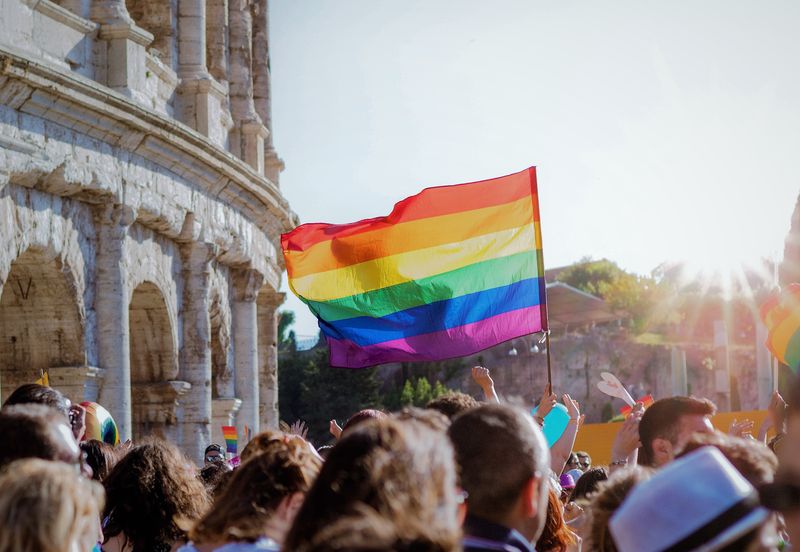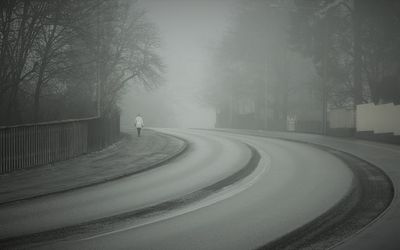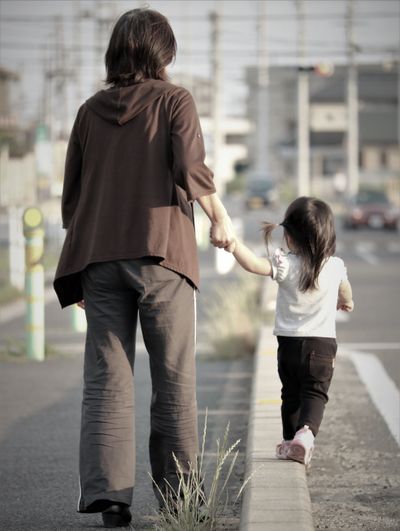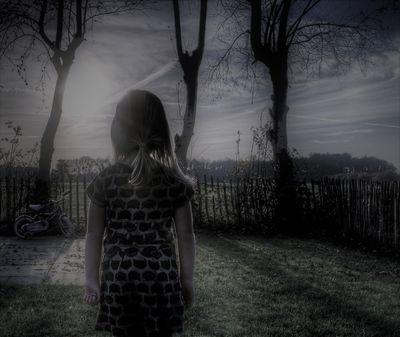Gay Erasure Keeps Happening!
Gay, Queer, and LGBTTQS* erasure refers to the tendency to remove lesbian, gay, bisexual, transgender, asexual, and queer groups, or people intentionally or unintentionally from the record, or to dismiss or downplay their significance. This erasure can be found in several written and oral texts, including popular and scholarly texts.
Straightwashing is a form of queer erasure that refers to the portrayal of LGBT people, fictional characters, or historical figures as heterosexual. It is most prominently seen in works of fiction, whereby characters who were originally portrayed as or intended to be homosexual, bisexual, or asexual are misrepresented as heterosexual.
Bisexual erasure refers to attempts to ignore or re-explain evidence of bisexuality and may include the belief that bisexuality does not exist or is simply a phase. Bisexual erasure often causes struggles for bisexuals even from within LGBT communities.
Lesbian erasure is the tendency to ignore, remove, falsify, or re-explain evidence of lesbian women or relationships in history, academia, the news media, and other primary sources. Lesbians may also be ignored within the LGBT community and their identity may not be acknowledged.
Asexual people are less-well represented by mainstream media and services, facilitating hostility and prejudice towards those who identify as asexual and can lead to their rejection from both the straight and LGBT communities. There are viewpoints that are erasing the asexual identity on the assumption that asexual people are fraudulent infiltrators of the LGBT community, and because it assumes that everyone is straight unless proven otherwise
Intersex and transgender individuals are often erased in public health research which conflates sex and gender. The narrow and inflexible definitions of sex and gender in some countries mean some intersex and non-binary people are unable to obtain accurate legal documents or identification, preventing their access to public spaces, jobs, housing, education, and basic services. It is relatively recently that the concept of legal rights for intersex people has been considered, even in LGBT activist circles.
These are just a few of the modern definitions. It does not cover everything that has happened or covers the erasure of people outside of the heterosexual norm. It happens in modern-day scientific studies. It happens when historians study the recent and distant past.
A serious problem for lesbian and gay history is the deliberate effort by scholars to disguise the non-heteronormative subject matter in historical documents. This has been a common practice since medieval times, when Latin translators of Arabic and Greek writings on ancient medicine simply deleted passages detailing homosexuality, e.g. Prose Salernitan Questions around 1200 draws on the ancient Problemata but writes out the passage dealing with pathic homosexuality. Jason Wilson in the introduction to his 1995 translation of the natural historian Alexander von Humboldt’s Personal Narrative of a Journey has invented the curious term ‘male-scientific friendships’ to describe Humboldt’s love of other men, so as to site it within the tradition of friendships among colleagues in scientific professions.
Many pronouns are just simply altered to the ‘correct’ and ‘normal’ gender attraction in many literary works of the past, or simply destroyed. Many instances of queer or homosexual history are just gone because people saw it as immoral, embarrassing, or as confused.
In ways, it was normalized to erase the identity of someone regardless of what was the truth or not. Who a person loves should not be an issue as long the two or more parties involve consent fully, there is no need to erase the truth.
A person needs to be celebrated for being who they are and for there to be no need to hide the truth, past or present.






